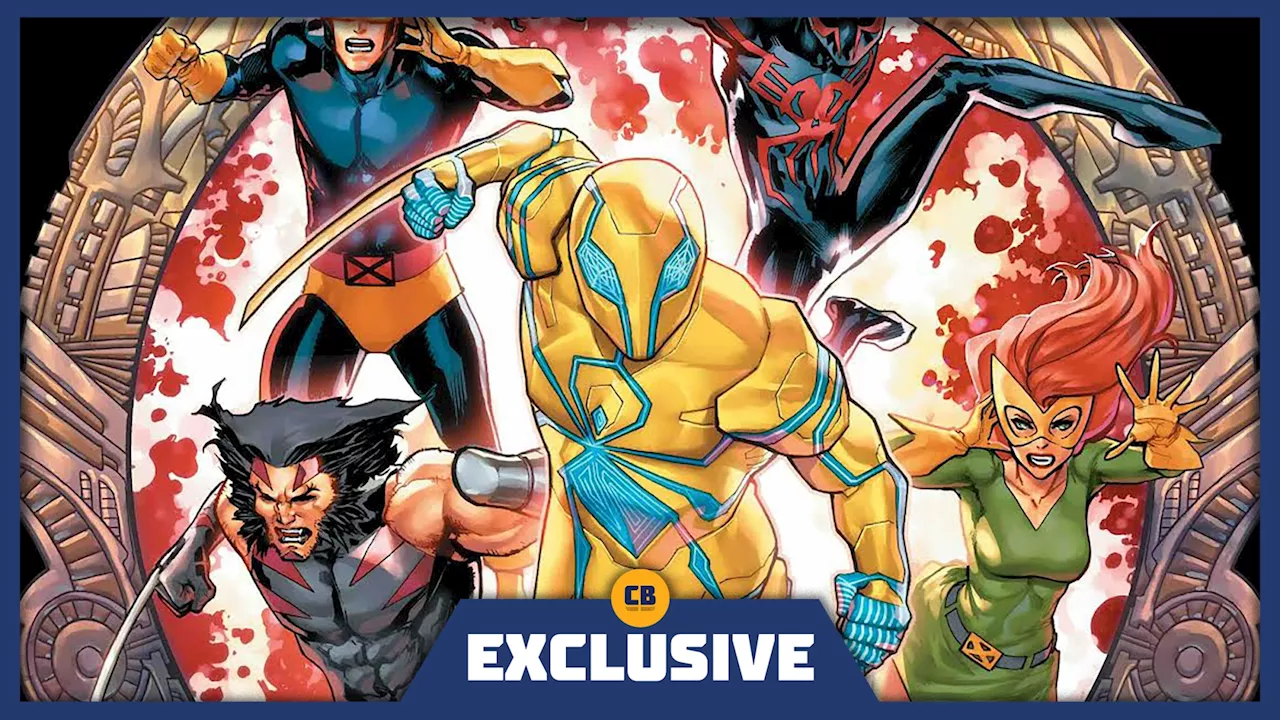Epic movies often promise grand storytelling, spectacular visuals, and emotional depth. However, many films that aspire to this monumental status have struggled to meet expectations. Six notable titles exemplify this phenomenon, each representing missed opportunities to create compelling narratives that resonate with audiences.
1. “Pearl Harbor” – A Misfire in Historical Storytelling
Directed by Michael Bay, “Pearl Harbor” attempted to blend romance and war in a way that echoed the success of “Titanic” and “Saving Private Ryan.” Unfortunately, the film fails to deliver, with critics labeling it a miscalculation in both entertainment and historical accuracy. The narrative focuses on a fictional love triangle rather than the real-life heroes of the December 7, 1941 attack.
As a result, figures like Doris Miller, portrayed by Cuba Gooding Jr., receive little attention despite their pivotal roles. The film’s reliance on clichés and melodrama overshadows the significant historical events it aims to portray, leaving audiences with a sense of disappointment.
2. “Windtalkers” – Sidelining True Heroes
“Windtalkers,” directed by John Woo, sought to honor the Navajo code talkers of World War II. Despite its promising premise, the film is criticized for prioritizing the character played by Nicolas Cage over the actual heroes it aimed to celebrate.
While the film contains action sequences characteristic of Woo’s style, it ultimately dilutes the importance of its subject matter by following familiar action movie tropes. This oversight leads to a lack of depth in the portrayal of the Navajo characters, who deserved more robust representation.
3. “Immortals” – Visuals Over Substance
Director Tarsem Singh is known for visually stunning films, and “Immortals” is no exception. Yet, despite its impressive aesthetics, the film suffers from a weak narrative. The storytelling lacks momentum, leaving viewers yearning for a more cohesive experience.
While “Immortals” has garnered a cult following since its release, it remains a missed opportunity for a compelling exploration of Greek mythology. Fans of the genre hoped for a more substantial narrative that could have complemented its visual strengths.
4. “World War Z” – A Disjointed Zombie Epic
“World War Z,” based on the novel by Max Brooks, aimed to create a blockbuster zombie film with a significant budget and star power. However, the film’s production was riddled with challenges, including extensive rewrites and reshoots that led to a fragmented final product.
While there are thrilling moments of zombie carnage, the film lacks narrative cohesion, leaving viewers with an episodic experience. The ambitious concept of a global zombie apocalypse fails to translate effectively onto the screen, resulting in a film that feels more like a missed opportunity than the epic it could have been.
5. “The Lone Ranger” – A Western with Flaws
The much-anticipated “The Lone Ranger” featured Johnny Depp as Tonto and was directed by Gore Verbinski. Despite its visually striking action sequences, the film faced criticism for its convoluted script and miscasting. The decision to cast Depp in a role that could have gone to a more appropriate actor, such as Adam Beach, was controversial and overshadowed the film’s potential.
While the action sequences, particularly the climactic train chase, showcase Verbinski’s talent, the film’s numerous underdeveloped characters and messy plot detract from what could have been a successful revival of the Western genre.
6. “The Hobbit” Trilogy – A Disappointing Expansion
The “Hobbit” trilogy began with high expectations, building on the success of The Lord of the Rings. However, the departure of Guillermo del Toro and the rushed production schedule led to a series of films that felt bloated and disjointed. Under Peter Jackson‘s direction, the trilogy relied heavily on CGI and strayed from the source material’s charm.
The end result was three films that struggled to stand on their own, filled with unnecessary subplots and characters. Fans of the original series were left wishing for a more focused narrative that could have honored both the source material and its cinematic legacy.
These six films illustrate the challenges inherent in creating epic cinema. While they each had the potential to deliver compelling stories, various missteps in execution resulted in experiences that fell short of audience expectations. As filmmakers continue to tackle ambitious projects, the hope remains that future epics will learn from these past misfires and deliver the quality that audiences crave.
